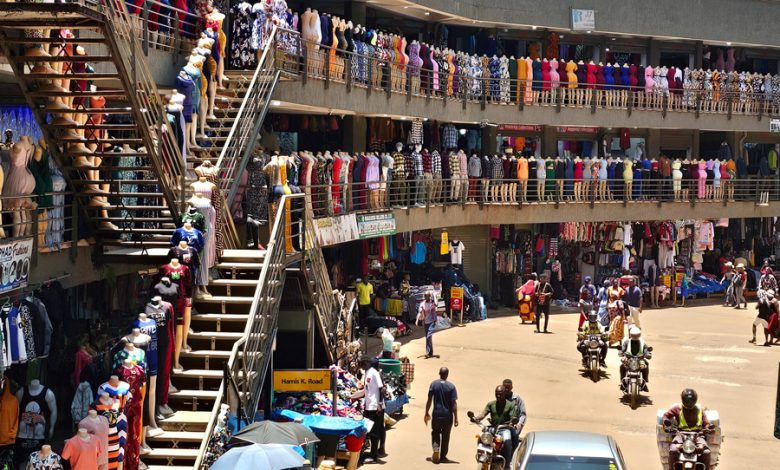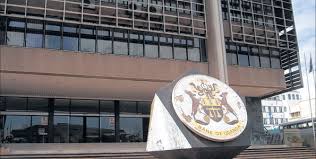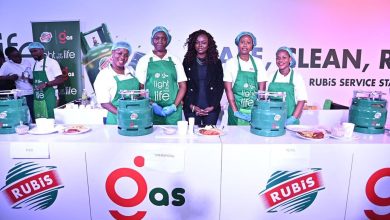Stitching Success: Uganda’s Domestic Textile Industry on the Rise

No Excerpt
Uganda’s domestic textile industry is transforming from a struggling sector to one with remarkable growth potential.
With increasing local demand, government backing, and a renewed focus on “Made in Uganda” products, the sector is poised to become a key driver of economic growth and job creation.
A Sector of Untapped Potential
The textile industry has long been recognized as a goldmine of opportunities, yet it has faced persistent challenges, including high production costs, limited access to quality raw materials, and intense competition from imported second-hand clothes, known locally as mvumba.
Despite these obstacles, Uganda’s domestic textile market is showing resilience, buoyed by an emerging middle class seeking high-quality, locally made products and a surge in the popularity of African-inspired fashion.
The Cotton Connection
Uganda’s textile journey is deeply rooted in its cotton fields. Cotton remains one of the country’s primary cash crops, cultivated by thousands of smallholder farmers. However, a significant portion of Uganda’s cotton has traditionally been exported as raw material, leaving limited resources for domestic processing.
Recent efforts to enhance local value addition are beginning to bear fruit. Investments in ginneries and textile mills are transforming raw cotton into fabrics used for clothing, uniforms, and other textiles within Uganda.
Government Support Fuels Growth
The Ugandan government has identified the textile industry as a priority sector for economic diversification. Key initiatives supporting its growth include:
- – Buy Uganda Build Uganda (BUBU) Policy: Encourages public institutions to procure locally-made textiles, such as school uniforms and military apparel.
- – Export Promotion: Offers incentives for manufacturers targeting regional and international markets.
- – Infrastructure Development: Establishes industrial parks and ensures reliable energy supply to lower production costs.
Opportunities in Fashion and Design
Uganda’s growing fashion industry is complementing the textile sector.
Designers are increasingly embracing locally-produced fabrics to create contemporary styles that appeal to both domestic and international markets.
Events like the annual Kampala Fashion Week highlight the rising interest in Ugandan-made textiles and innovative designs.
Challenges That Persist
Despite the strides made, the industry still grapples with significant challenges:
- 1. Competition from Imports: The dominance of second-hand clothes in the market undercuts local producers on price.
- 2. Outdated Technology: Antiquated machinery in some factories hampers efficiency and product quality.
- 3. Limited Access to Financing: High-interest rates and restricted access to capital constrain investments in modern equipment and expansion.
The Road Ahead
To unlock the full potential of Uganda’s textile industry, stakeholders must focus on:
- – Supporting smallholder cotton farmers to ensure a steady supply of raw materials.
- – Modernizing machinery and technology to boost efficiency and competitiveness.
- – Expanding market access through regional trade agreements like the African Continental Free Trade Area (AfCFTA).
A Sustainable Future
Sustainability is becoming a core focus for Uganda’s textile sector. Promoting organic cotton farming and reducing textile waste aligns with global trends toward eco-friendly practices, offering an edge in environmentally conscious markets.
A Stitch in Time
Uganda’s textile industry stands at a pivotal moment. With the right investments, strategic policies, and public support, it can significantly contribute to the country’s GDP, create thousands of jobs, and reduce dependency on imports.
The thread is strong, and Uganda’s textile industry is weaving a story of resilience, creativity, and growth—one stitch at a time.




